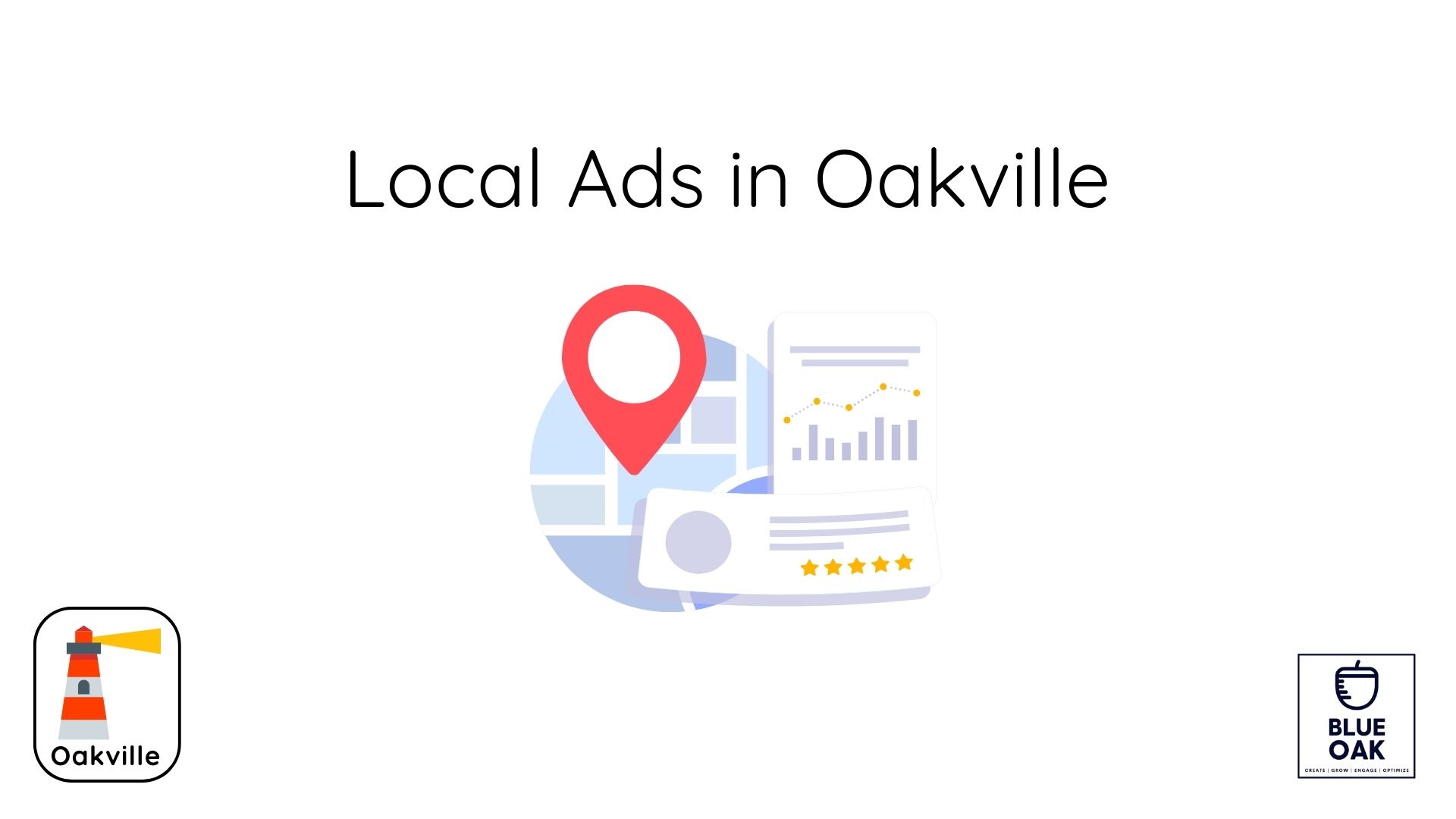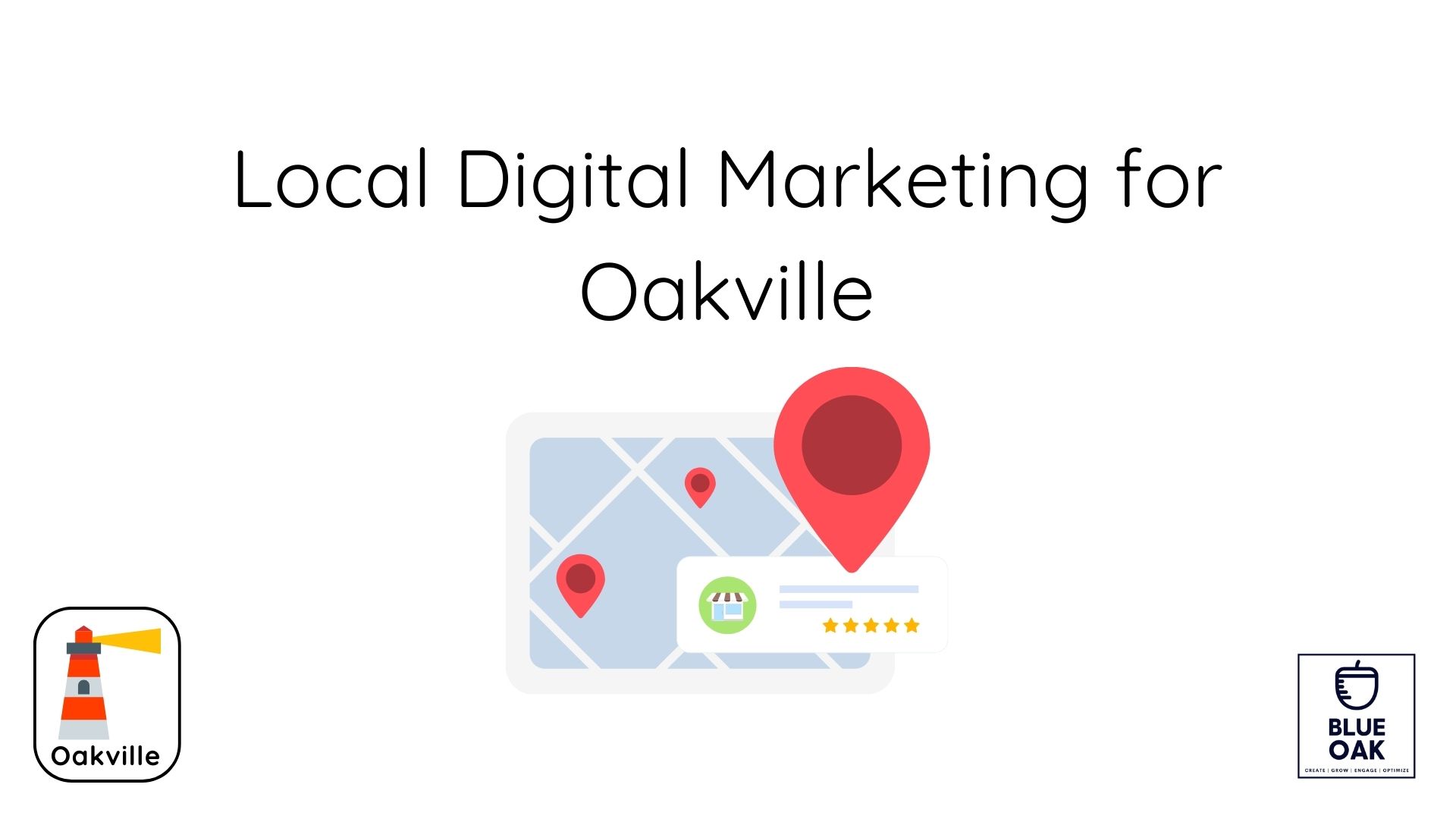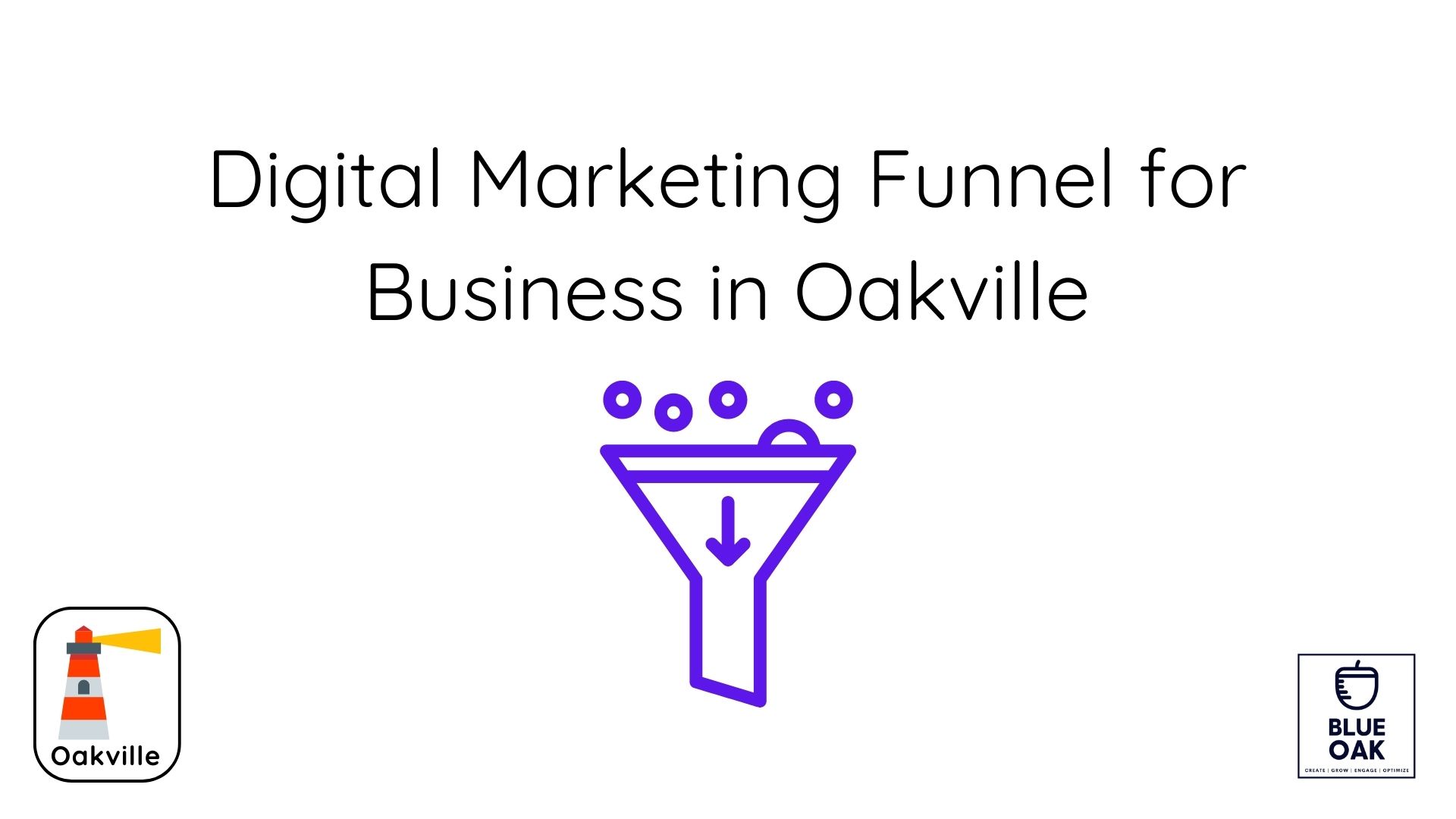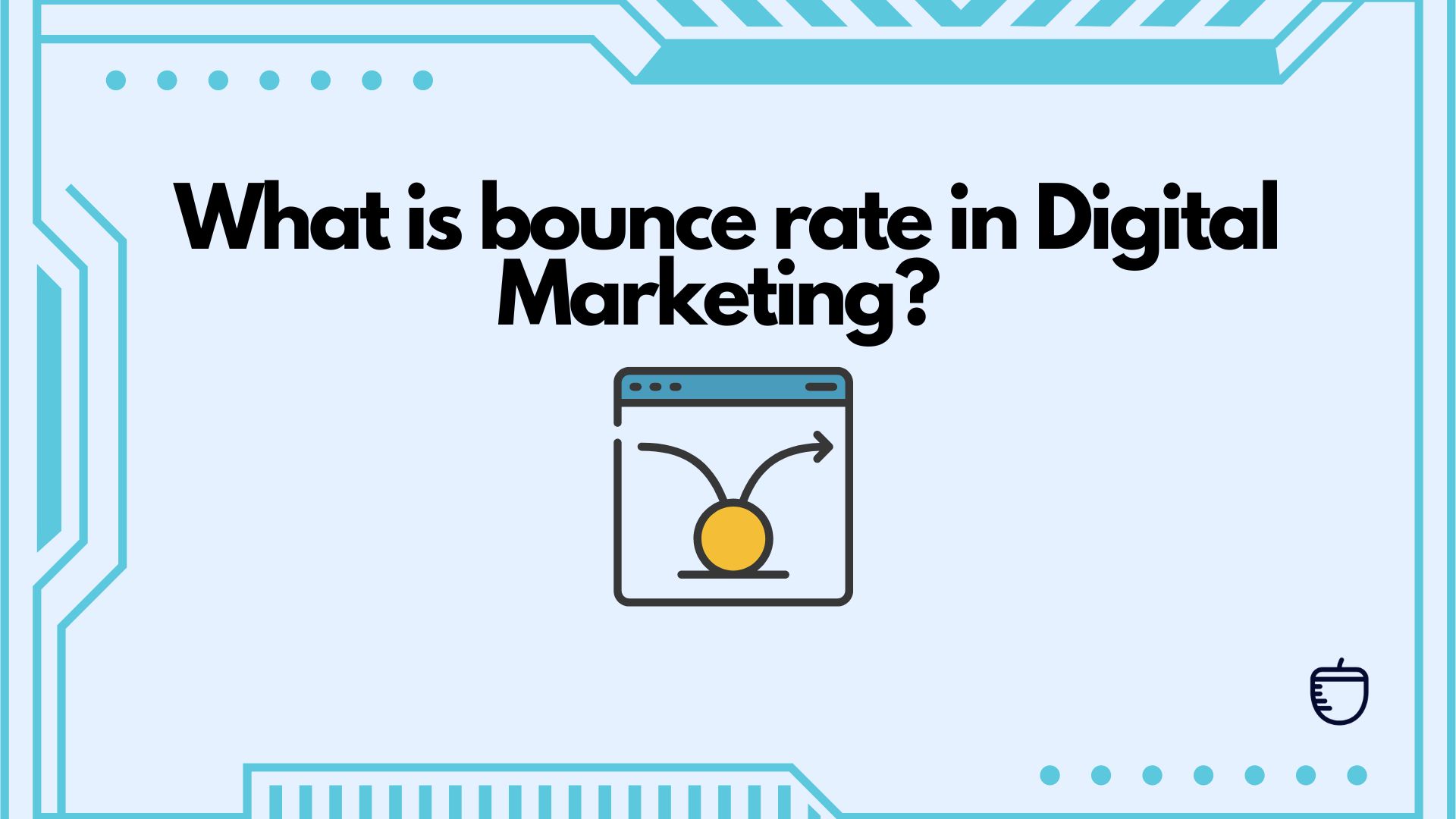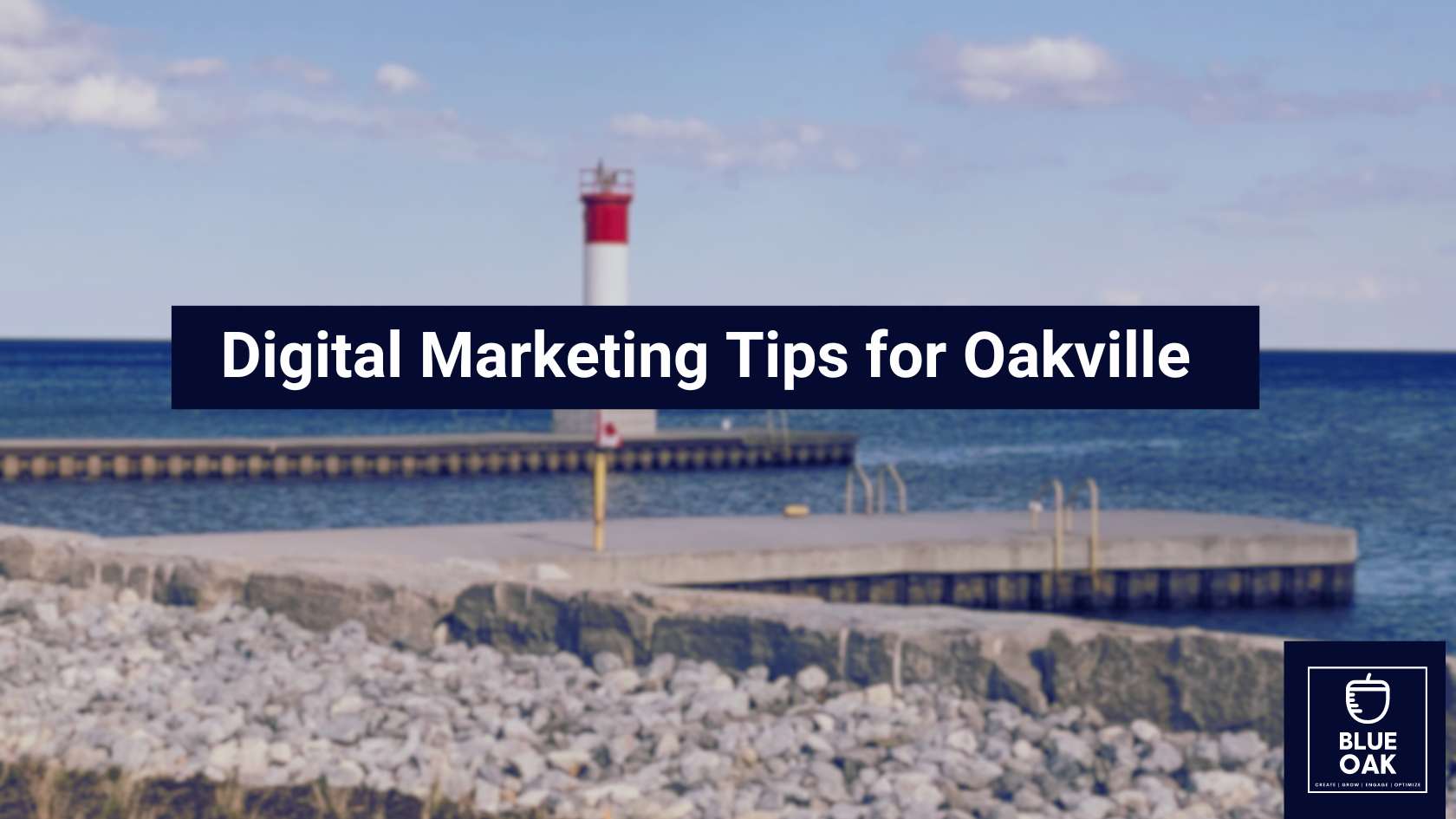What is a Attribution in Digital Marketing
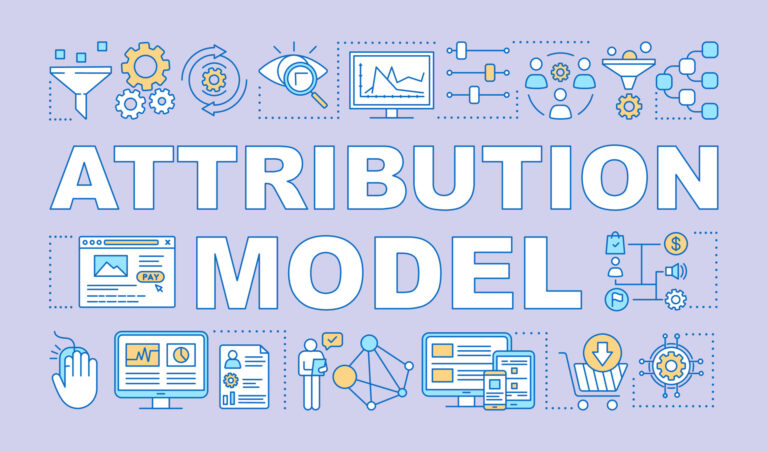
In the digital marketing world, we often find ourselves drowned in data. With various platforms, channels, digital marketing campaigns, and devices at our disposal, it can be quite a challenge to decipher what’s driving success. This is where the concept of attribution in digital marketing steps in to provide clarity and understanding.
Table of Contents
ToggleIn this comprehensive guide, we will unravel what digital marketing attribution is, present its examples, explore various models, demonstrate its application, and discuss some of the most effective tools in the market today. This in-depth exploration aims to empower you to make more informed decisions and drive greater returns on your marketing investment.
What Is Digital Marketing Attribution?
Digital Marketing Attribution is the process of assigning credit or value to different digital marketing touchpoints within a customer’s journey. It provides a way for marketers to understand which marketing campaigns, channels, or tactics are contributing to their goals, such as generating leads or sales.
In today’s multifaceted digital world, a customer may interact with a brand through a variety of channels, such as social media, email, paid advertisements, organic search, and more, before finally making a purchase. Each of these touchpoints plays a role in influencing the customer’s decision to convert.
Attribution models help businesses identify which touchpoints were most effective in leading to conversions. For example, did a customer convert after clicking on a Facebook ad, or was it the email newsletter that sealed the deal? By accurately attributing conversions to their source, businesses can better understand the customer journey, optimize their marketing efforts, allocate their budget more effectively, and ultimately, enhance their return on investment.
Digital marketing attribution, though complex, is a crucial aspect of any successful digital marketing strategy. It provides the data-driven insights necessary for businesses to make informed decisions and continually improve their marketing effectiveness.
The Importance Of Attribution In Digital Marketing
Imagine running multiple campaigns across different platforms like Google Ads, Facebook, email marketing, SEO, etc., all driving traffic to your website. With attribution, you can identify which of these campaigns are the most successful, allowing you to adjust your marketing spend and effort accordingly.
Attribution is crucial in justifying your marketing spend and demonstrating the return on investment (ROI). By understanding the customer journey and assigning value to the touchpoints in this journey, you can allocate resources more efficiently and maximize your marketing ROI.
Why Do We Need Marketing Attribution?
Marketing attribution is an essential part of a digital marketing strategy because it offers valuable insights into how various marketing efforts contribute to desired customer actions, like conversions. Here are some primary reasons why we need marketing attribution:
Understanding Customer Journey:
Marketing attribution allows businesses to track and understand the customer journey from the first interaction to the final conversion. This understanding helps in optimizing the marketing strategy to provide a better user experience.
Justifying Marketing Spend:
Marketing costs money, and often a significant amount of it. Attribution helps justify this spending by illustrating which marketing efforts are delivering a return on investment (ROI). It shows which channels are worth investing in and which are not performing as expected.
Data-Driven Decision-Making:
With marketing attribution, decisions are based on data rather than hunches. Attribution allows for more precise, data-driven decisions that can improve the effectiveness of marketing strategies.
Optimizing Marketing Strategy:
By knowing which channels and efforts lead to conversions, businesses can fine-tune their marketing strategies. They can allocate more budget to high-performing channels, improve underperforming ones, or remove ineffective channels altogether.
Improving Customer Experience:
By understanding the customer’s path to conversion, businesses can improve the customer experience at each touchpoint. This could lead to higher conversion rates and increased customer satisfaction.
Cross-Channel and Cross-Device Insights:
Today’s customers interact with businesses on multiple channels and devices. Attribution allows for tracking across all these, providing a more comprehensive view of the customer journey.
In short, marketing attribution is all about understanding which elements of your marketing strategy are working and why. Without it, you’re essentially operating in the dark, making it much more difficult to optimize your campaigns and deliver the best possible results.
Examples Of Attribution
Direct Attribution
A customer clicks on a Google Ad and purchases on your website. Here, the Google Ad gets 100% of the credit for that conversion. This is an example of direct attribution, where the final interaction the customer had with your brand gets the entire credit for the conversion.
Multichannel Attribution
A customer first discovers your brand through a Facebook ad, then reads a blog post from an email newsletter, and finally purchases after clicking on a retargeting ad on Google. Here, each of these touchpoints, i.e., the Facebook ad, email newsletter, and Google ad, would share the credit for the conversion. This example demonstrates the concept of multichannel attribution.
Cross-Device Attribution
In today’s multi-device world, a single user might interact with your brand on multiple devices before making a purchase. They might see your ad on their smartphone, visit your website on a tablet, and finally purchase their desktop. Cross-device attribution enables you to track these interactions across devices and attribute the conversion to all of them.
Marketing Attribution Models
There are various attribution models that your organization can embrace. Let’s explore further some of the most common marketing attribution models and understand their key characteristics, benefits, and possible drawbacks.
First-Click Marketing Attribution Model
The first-click model gives all the credit to the very first interaction a customer has with your brand. It’s a straightforward model that highlights the importance of creating a strong first impression to attract potential customers. It is also called position based attribution model.
Pros: This model helps identify which channels are best at generating awareness and attracting potential customers.
Cons: It neglects all subsequent touchpoints that could have influenced the customer’s decision to convert. This model could skew your data towards channels that are good at generating initial interest but may not necessarily drive conversions.
Last-Click Attribution Model
The last-click marketing attribution model (also called Last Touch Attribution Model) assigns all the credit to the last touchpoint before the conversion. This model is easy to implement and can be beneficial for businesses looking to understand what finally convinced their customers to convert.
Pros: It helps identify the channels that are most effective at sealing the deal and driving conversions.
Cons: Much like the first-click model, it disregards all the other touchpoints. This model could skew your data towards channels that are good at closing but may not necessarily be effective in creating initial awareness or nurturing leads.
Linear Attribution Model
The linear attribution model divides the credit equally among all touchpoints in the customer journey. This model takes a balanced approach, recognizing that each touchpoint contributes to the final conversion.
Pros: It provides a more holistic view of the customer journey compared to single-touch models.
Cons: By treating all touchpoints equally, it doesn’t consider that some interactions may have a greater influence on the customer’s decision to convert.
Time-Decay Attribution Model
The time-decay model gives more credit to the touchpoints that are closer to the time of conversion. This model assumes that the interactions closer to the conversion are more influential.
Pros: This model is beneficial for businesses with longer sales cycles as it recognizes the importance of the touchpoints closer to the conversion.
Cons: It may undervalue the importance of the earlier touchpoints that initially attracted the customer or helped nurture the lead.
Data-Driven Attribution Model
The data-driven model uses advanced algorithms and machine learning to assign credit to each touchpoint based on how much they contribute to the conversion. It is the most accurate model, but it requires a significant amount of data to be effective.
Pros: This model can provide the most accurate and actionable insights as it considers the actual impact of each touchpoint.
Cons: Implementing a data-driven model can be complex and requires a substantial amount of data. It may not be feasible for small businesses with limited data.
How To Use Digital Marketing Attribution Models?
Once you’ve understood what digital marketing attribution models are and why they’re important, the next step is to understand how to use them. Here are some steps to guide you through this process:
Understand Your Customer Journey
Before deciding on an attribution model, you need to understand your customer journey. This refers to the path that your customers typically take from their first interaction with your brand to the final conversion. Are they likely to convert after a single interaction, or do they usually interact with multiple marketing touchpoints before making a decision? The complexity of this journey will influence which attribution model is most suitable for your business.
Choose the Right Attribution Model
There are several types of attribution models to choose from, and each has its strengths and weaknesses. For example, single-touch models like First-Click or Last-Click are easy to implement and understand, but they overlook the contribution of other touchpoints in the customer journey.
On the other hand, multi-touch models like Linear, Time-Decay, or Position-Based offer a more comprehensive view of the customer journey but can be more complex to implement and analyze. There’s also the option of using a custom or algorithmic model that’s tailored to your business’s unique needs.
Implement Your Attribution Model
Once you’ve chosen your model, the next step is implementation. This often involves setting up tracking for your marketing touchpoints. Depending on the complexity of your model and the tools you’re using, this could involve setting up tracking codes on your website, linking your analytics and advertising platforms, or implementing third-party tracking solutions.
Analyze Your Attribution Data
Once you’ve started collecting attribution data, the next step is to analyze it. This can involve reviewing the performance of different marketing channels or campaigns, understanding the typical path to conversion, identifying bottlenecks in your conversion funnel, and more.
Optimize Your Marketing Efforts
The ultimate goal of marketing attribution is to improve your marketing efforts. This can involve reallocating your marketing budget to better-performing channels, improving the customer journey, or tweaking your campaigns to improve their performance.
Review and Refine Your Model
Finally, remember that marketing attribution isn’t a one-time process. As your business evolves and as you collect more data, you may need to review and refine your attribution model. This could involve switching to a different model, adjusting the weights in your current model, or incorporating new touchpoints into your model.
By following these steps, businesses can effectively use digital marketing attribution models to gain insights into their marketing performance, optimize their marketing efforts, and improve their return on investment. However, remember that this process involves a lot of testing and learning, so don’t be afraid to experiment and adjust your approach as needed and develop your own custom attribution model that suites your business needs. Marketing attribution software such as Google Analytics can be used to implement these models better.
Common Mistakes With Marketing Attribution
While marketing attribution can provide invaluable insights for businesses, it’s not without its potential pitfalls. Here are some of the common mistakes businesses often make with marketing attribution:
Choosing the Wrong Model:
One of the first steps in marketing attribution is choosing a model that aligns with your business’s unique marketing goals, customer journey, and sales cycle. Businesses often make the mistake of choosing a model that doesn’t reflect their customer journey, which can lead to misleading results.
For example, a first-click model won’t provide useful insights for a business whose customers typically have many touchpoints before converting.
Ignoring Multi-Touch Attribution:
In a world where consumers interact with brands across numerous touchpoints before making a purchase, ignoring multi-touch attribution is a significant oversight.
Single-touch models, like first-click or last-click, can provide a skewed understanding of your marketing efforts as they only consider one touchpoint in the customer journey.
Not Factoring in Offline Touchpoints:
While online marketing channels are easier to track, ignoring offline touchpoints can result in a partial view of the customer journey. Offline marketing efforts, like print ads, direct mail, or even word-of-mouth, can also influence a customer’s decision to convert.
Neglecting Cross-Device Tracking:
Today’s consumers often use multiple devices — starting their journey on one device and completing it on another. If you’re not tracking users across devices, you may be missing crucial parts of the conversion path.
Failing to Regularly Review and Update Your Model:
The digital marketing world is constantly evolving, and so too, should your attribution model. It’s crucial to continually review and update your model to ensure it remains relevant and provides accurate insights.
Overcomplicating Attribution:
While it’s critical to precisely measure your marketing activities, it’s just as crucial to avoid complicating your attribution. Trying to track every single touchpoint can result in a convoluted mess of data that’s difficult to interpret and action.
Expecting Perfect Attribution:
Lastly, expecting perfect attribution can lead to disappointment. While attribution tools and models have significantly improved, attributing every conversion to its exact path is nearly impossible due to factors like data privacy regulations, cross-device tracking complexities, and offline touchpoints.
By avoiding these typical errors, firms may more accurately assess their marketing performance, enhance the effectiveness of their marketing plans, and increase their return on investment. It takes ongoing monitoring, analysis, and improvement to make sure attribution continues to provide insightful information that may be used to make decisions.
Digital Marketing Attribution Tools
The number of tools available to aid marketers in navigating the challenging field of marketing attribution grows along with the arena of digital marketing. The top digital marketing attribution tools are listed below:
Google Analytics:
Google Analytics is one of the most widely used tools in digital marketing. It provides a range of attribution models to choose from, making it a versatile tool that suits many businesses.
Adobe Analytics:
Adobe Analytics is a comprehensive tool that offers advanced segmentation, real-time analytics, detailed conversion funnels, and more. It’s particularly useful for large businesses with a lot of data.
Bizible:
Owned by Adobe, Bizible is a B2B marketing attribution tool that connects with Salesforce to offer full-funnel insights. It provides multi-touch attribution and allows customization of the attribution model based on the business’s needs.
LeadsRx:
LeadsRx is a multi-touch attribution tool that provides a holistic view of the customer journey. It allows marketers to visualize the entire customer journey across multiple channels and provides attribution insights based on this data.
Nielsen Visual IQ:
Nielsen’s Visual IQ offers multi-touch attribution solutions. It uses advanced algorithms and machine learning to assign credit to various touch points based on their contribution to conversions.
AppsFlyer:
AppsFlyer is a mobile attribution platform that provides real-time data about customer journeys across multiple channels and devices. It’s used primarily for mobile app advertising and user attribution.
Rockerbox:
Rockerbox is a multi-touch attribution tool designed to help businesses optimize their marketing spend across various channels. It offers features like cross-device tracking, customer journey analytics, and data-driven insights.
The best tool for your company will rely on a variety of elements, such as the size of your company, your goals, your budget, and the intricacy of your marketing initiatives. To make sure a tool supports your company objectives, it’s critical to evaluate your requirements and do in-depth research on each one.
Marketing Attribution Challenges
Despite being a potent instrument for comprehending the client journey and the efficacy of marketing initiatives, marketing attribution is not without its difficulties. Here are some of the main challenges marketers face when implementing and using marketing attribution:
Data Accuracy: Accurate attribution relies on accurate data. Errors in data collection, processing, or analysis can lead to inaccurate attributions, which can misinform your marketing strategy.
Cross-Device Tracking: Customers often use multiple devices in their journey toward conversion. It might be difficult to monitor user activity across many platforms and devices, particularly if users are not signed in.
Data Privacy: With increasing regulations around data privacy (like GDPR and CCPA), tracking user behavior and attributing conversions can become more complicated. Marketers need to ensure their attribution practices are compliant with all relevant regulations.
Selecting the Right Model: There are many different attribution models available, each with advantages and disadvantages. Choosing the ideal model for your company’s requirements might be difficult.
Long Sales Cycles: For businesses with long sales cycles, attributing conversions can be particularly challenging. The longer the cycle, the more touchpoints a customer might have, and the harder it becomes to accurately attribute the conversion.
Offline Conversions: If a significant part of your customer journey or conversions happens offline, it can be challenging to include these in your attribution model.
Channel Overlap: There can often be overlap between channels, making it difficult to accurately assign credit. For example, a customer might see a social media ad and later perform a branded search before converting.
Implementation and Analysis: Implementing and analyzing attribution data requires a certain level of technical expertise and can be time-consuming. It can be challenging for smaller businesses or businesses without a dedicated analytics team.
Final Words
Digital Marketing Attribution is not just a buzzword; it’s a fundamental concept that allows marketers to understand their campaign performance and make data-driven decisions.
Remember, the world of digital marketing attribution is continually evolving, and so should your strategies. Stay adaptable, keep learning, and continually strive for improvement.
Every marketer’s journey in mastering attribution is unique, much like the customer journeys we strive to understand. But with a robust understanding of DMA, you’re well-equipped to navigate this challenging yet rewarding world.
The field of digital marketing attribution is advancing constantly, and staying abreast with these changes is key. Keep testing, learning, and refining your attribution models as you forge ahead in your marketing journey. As the adage goes, the only constant in digital marketing is change, and being adaptable is the stepping stone to success.
FAQs
What is Digital Marketing Attribution?
Digital Marketing Attribution is the process of assigning credit to the different digital marketing touchpoints in a customer’s journey that leads to a desired outcome, like a purchase or a lead.
What are the common types of Attribution Models?
Common attribution models include First-Click, Last-Click, Linear, Time-Decay, Position-Based, and Algorithmic. Each model attributes credit to touchpoints differently, providing unique insights about the customer journey.
What tools can be used for Digital Marketing Attribution?
Some commonly used tools for digital marketing attribution include Google Analytics, Adobe Analytics, Bizible, LeadsRx, Nielsen Visual IQ, AppsFlyer, and Rockerbox. The choice of tool depends on your specific business needs and goals.
How often should I review my Attribution Model?
There’s no set rule for how often you should review your attribution model, but it’s a good practice to revisit it regularly – perhaps quarterly or semi-annually – or when significant changes occur in your marketing strategy or customer behavior.
Can Marketing Attribution track offline conversions?
While tracking offline conversions is more challenging than online ones, it is possible. Techniques include using unique promo codes, tracking phone call conversions, or conducting customer surveys. These offline conversions can then be factored into your overall attribution model.
Can small businesses benefit from Marketing Attribution?
Absolutely. While small businesses may not have as many channels or as much data as larger ones, understanding which marketing efforts are driving results can help them allocate their often-limited resources more effectively.

